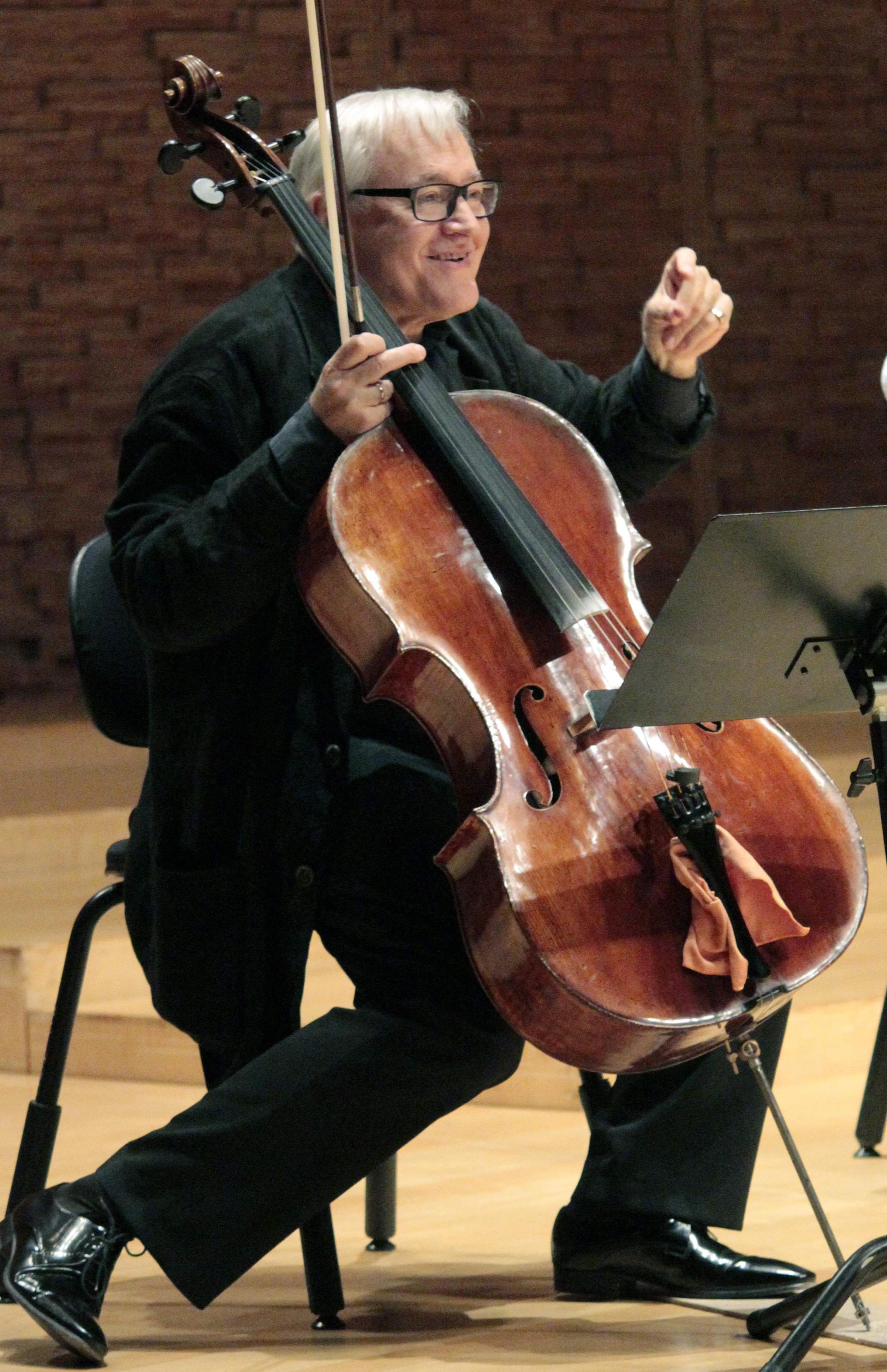Cellos by Giovanni Battista Guadagnini
There are approximately 40 known cellos by the industrious Giovanni Battista Guadagnini, with around ten from each of the four principal cities in which he worked – Piacenza, Milan, Parma and Turin. Guadagnini cellos have long been favoured by soloists for their compact and focused sound, rich timbre and exceptional clarity and projection. A restless innovator and experimenter, Guadagnini frequently restyled his instruments, varying their outline, f-holes, arching, edges and varnish. Indeed the instruments from each of the cities in which he worked have such a unique personality that to an uninitiated observer they could easily appear to be the work of different makers. Yet despite the numerous stylistic variations, the overall size of Guadagnini’s cellos stays fairly constant, slightly undersized by modern standards but extremely effective for modern soloists.
–Jason Price–
For more on Guadagnini cellos, see Cozio’s recently published survey by John Dilworth
 For I time I played a cello belonging to Rostropovich when he left Moscow in 1974. But the cellos I had before the Guadagnini were not really important; this was my first fantastic cello.
For I time I played a cello belonging to Rostropovich when he left Moscow in 1974. But the cellos I had before the Guadagnini were not really important; this was my first fantastic cello.